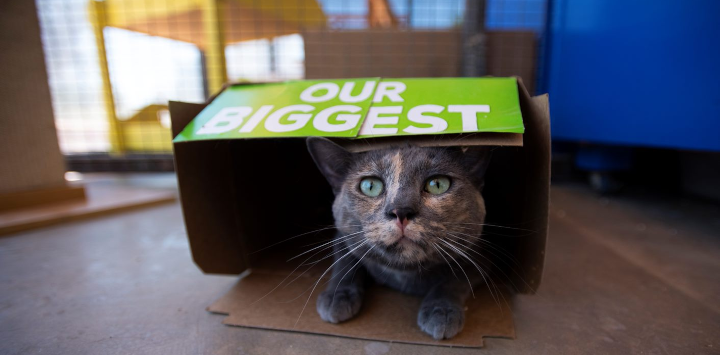
More Florida shelters choosing to adopt out FIV/FeLV-positive cats
March 28, 2022
Best Friends has long advocated for the adoption of cats who test positive for feline immunodeficiency virus (FIV) and/or feline leukemia virus (FeLV). It’s encouraging to see other shelters making this choice as well, and it looks like organizations in Florida are increasingly on board with the idea that FIV/FeLV cats deserve to be in homes.
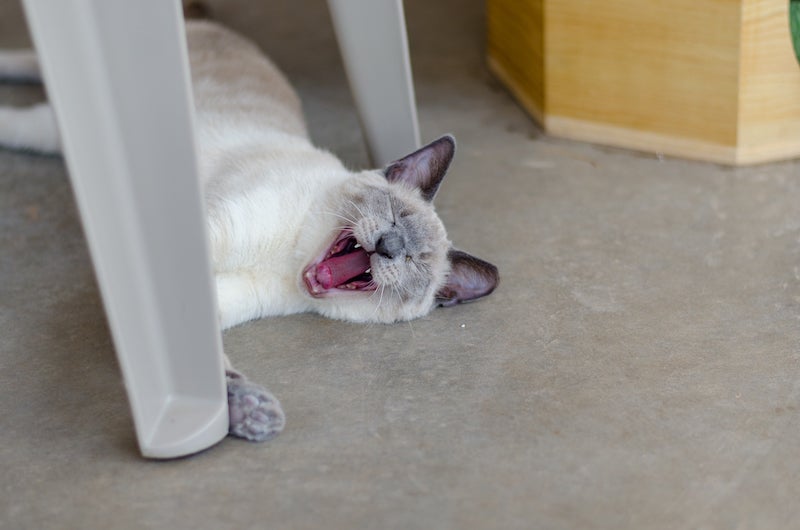 The results of a recent study published in the journal Frontiers in Veterinary Science suggest that this practice is now becoming more common among shelters in the sunshine state, with some caveats. Surveys were sent to 153 animal shelters across Florida that accept cats and asked about their polices related to both testing and outcomes for FIV and FeLV. Of the 139 Florida shelters that participated in this 2019 survey, about half (49%) adopt FIV-positive cats into “any home,” while 34% adopt them only into homes without other cats or with other FIV cats. Adoption policies for FeLV-positive cats were quite different, however, with only 10% of shelters adopting such cats into “any home,” though 55% are adopting them into homes without other cats or with other FeLV-positive cats.
The results of a recent study published in the journal Frontiers in Veterinary Science suggest that this practice is now becoming more common among shelters in the sunshine state, with some caveats. Surveys were sent to 153 animal shelters across Florida that accept cats and asked about their polices related to both testing and outcomes for FIV and FeLV. Of the 139 Florida shelters that participated in this 2019 survey, about half (49%) adopt FIV-positive cats into “any home,” while 34% adopt them only into homes without other cats or with other FIV cats. Adoption policies for FeLV-positive cats were quite different, however, with only 10% of shelters adopting such cats into “any home,” though 55% are adopting them into homes without other cats or with other FeLV-positive cats.
There are also variances in testing policies, which seem to be evolving more slowly than adoption practices. A large majority of respondents (83%) still test for FeLV and/or FIV infection in at least some of the cats they admitted (typically via SNAP or similar point-of-care tests). Roughly half (49%) of these shelters test all cats for FeLV, while a slightly smaller percentage (45%) tested all cats for both FeLV and FIV.
Although this survey was limited to Florida shelters, the very high response rate (i.e., 91% of shelters admitting cats, representing 99% of all cats admitted across the state) provides a comprehensive view of how the state’s shelters manage FeLV and FIV testing for cats and the outcomes for cats testing positive for one or both viruses. The fact that so many shelters are saving their financial resources by skipping tests and changing policies around cats who would just have been euthanized not that long ago is promising.
Comparing testing facts vs. philosophies
Routinely testing healthy cats is an antiquated practice that arose in a time when shelter leaders were forced to pick and choose cats to have their lives ended prematurely due to lack of space leaving only healthy-appearing cats. A positive test result, whether or not it was accurate, made these arduous decisions easier and allowed those leaders a clearer conscience.
In fact, the prevalence of retroviral infection in North America is low (about 3%) and has remained largely unchanged over the past decade. When the prevalence of a disease is low in a population the positive predictive value is affected by that, meaning a “positive” test is more likely false than a truthful reflection of FIV/FeLV status (you can find a calculator to demonstrate this principle here.) In shelters, we run the risk of labeling cats as infected when they are actually not – something that has huge stakes when it results in a euthanasia decision, as it does in 43% of the shelters that participated in the survey when cats test positive for FeLV and 25% of those shelters when cats test FIV-positive. Those are decisions you can’t take back.
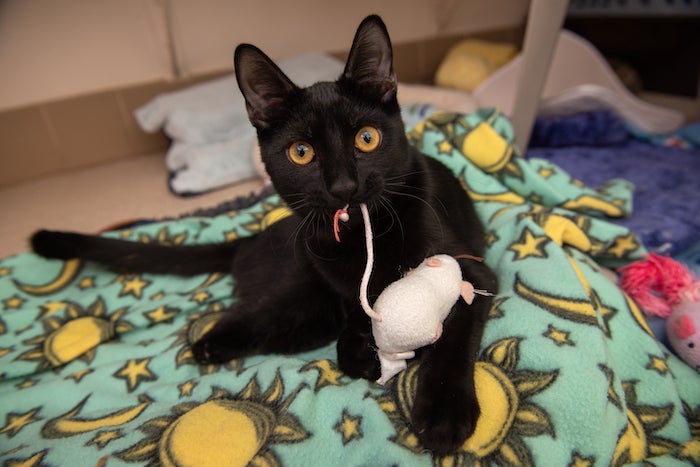 Additionally, if a shelter has a policy of doing a second, confirmatory test after a positive SNAP, interpretation of the results still is not clear cut. It’s complex and difficult to interpret, not to mention resource-intensive, making it out of reach of most shelters. Even for organizations that have those resources, it still can add time to an individual cat’s length of stay, and it could be argued that those resources could be better devoted to other lifesaving.
Additionally, if a shelter has a policy of doing a second, confirmatory test after a positive SNAP, interpretation of the results still is not clear cut. It’s complex and difficult to interpret, not to mention resource-intensive, making it out of reach of most shelters. Even for organizations that have those resources, it still can add time to an individual cat’s length of stay, and it could be argued that those resources could be better devoted to other lifesaving.
Testing healthy cats for FeLV remains somewhat controversial in the sheltering world. University of California at Davis, a leader in shelter medicine research and education, has advised shelters to stop testing healthy cats for retroviral infections; testing is difficult to interpret, and, with a higher rate of false positives, we are condemning healthy, negative cats to euthanasia. Within the study results, such a policy (routine euthanasia of any cat with a positive test for either disease) tended to be more common in municipal shelters, rural communities, shelters admitting fewer than 500 cats a year, and shelters with overall live outcome rates below 70%.
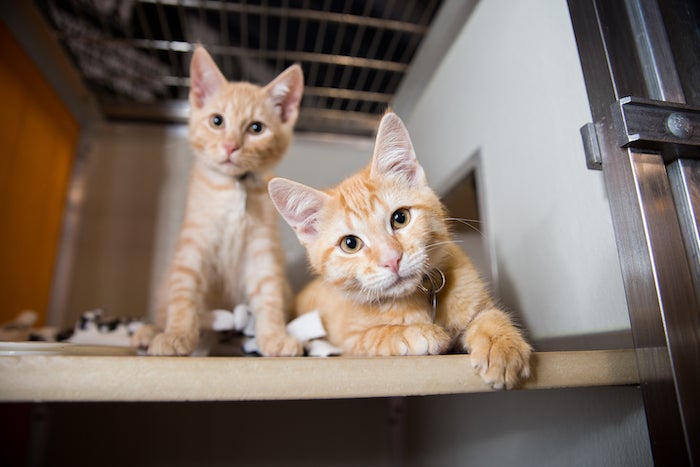 Remember that any one test result is only a point in time. Cats can go back and forth between positive and negative statuses over time, or they may clear an infection completely. When we test, we only determine their status at a single point in time. The test result does not tell us what that cat’s status will be tomorrow, in a month, or in a year.
Remember that any one test result is only a point in time. Cats can go back and forth between positive and negative statuses over time, or they may clear an infection completely. When we test, we only determine their status at a single point in time. The test result does not tell us what that cat’s status will be tomorrow, in a month, or in a year.
Nonetheless, some shelters clearly are still hanging onto outdated policies around testing. The reasons vary, with the overwhelming majority (94%) requiring it as part of the screening process before deeming a cat as adoptable; 68% test prior to transferring cats to other organizations (though whether this was a requirement of the sending or receiving partner is unclear). The least common reason (18%) was to screen cats designated for trap-neuter-vaccinate-return (TNVR) or return to field (RTF) programs.
Though low, that 18% of the respondents support this practice is alarming – especially when you consider that many of those cats will be euthanized as they frequently are flagged as unadoptable. The practice is also contrary to recommendations from the American Association of Feline Practitioners (AAFP). As the study’s authors point out:
The [AAFP] does not recommend routine testing of cats in TNR/RTF programs because cat population management, prevention of excess kitten births, individual cat welfare, and the spread of FeLV and FIV are all better served by investing available resources in sterilizing the most cats possible.
Testing cats for FeLV and FIV still has a place in shelters, but it’s not the routine screening of healthy cats. Testing should be reserved for cases where we’re using it as a diagnostic test for sick cats. When used in this way, the positive predictive value is much higher, as the prevalence in the sick population is much higher.
Combating concerns about not testing
Concerns about not testing all cats fall into two buckets: shelters and rescues are concerned about what the public and adopters will say, or they are concerned about what private practice veterinarians will say. In the latter instance, the fact is that many organizations stopped testing years ago without encountering public backlash.
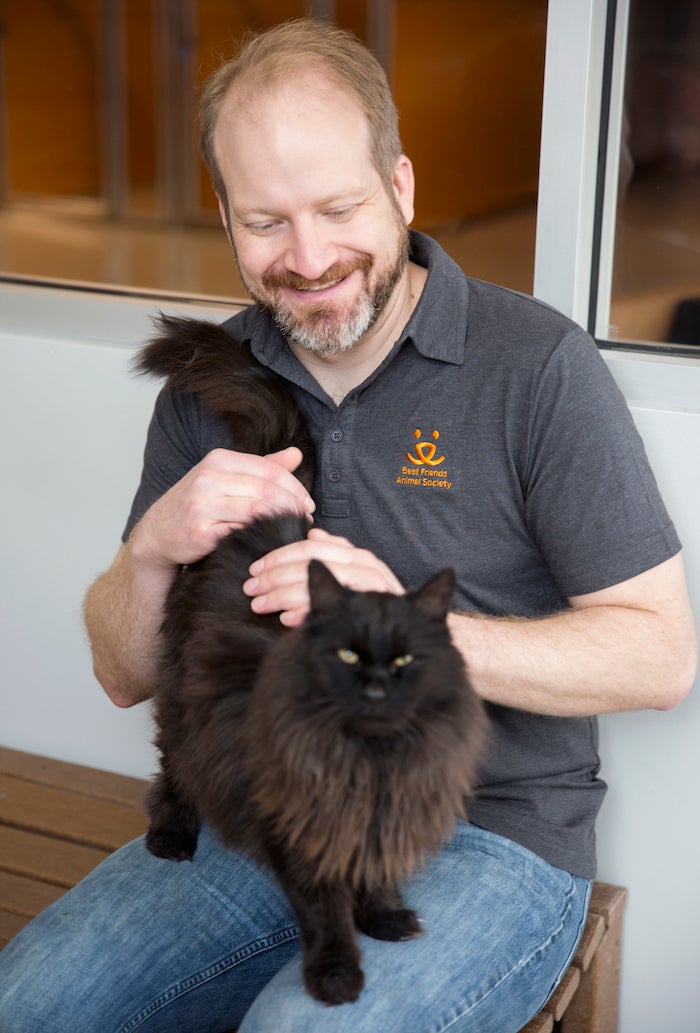 As far as the first concern, providing resources about FIV and FeLV should be added to the adoption counseling process. Passing the responsibility of testing on to the adopter, should they and their veterinarian choose to pursue it, will mean a more accurate test result when performed after the incubation period. The adopter can then have a discussion with their veterinarian on what that test result might actually mean. In fact, the latest updated AAFP guidelines for retrovirus management stipulate this practice of shifting the burden of testing to the adopter based on limited shelter resources.
As far as the first concern, providing resources about FIV and FeLV should be added to the adoption counseling process. Passing the responsibility of testing on to the adopter, should they and their veterinarian choose to pursue it, will mean a more accurate test result when performed after the incubation period. The adopter can then have a discussion with their veterinarian on what that test result might actually mean. In fact, the latest updated AAFP guidelines for retrovirus management stipulate this practice of shifting the burden of testing to the adopter based on limited shelter resources.
These are also diseases that we have a lot of experience with as shelter professionals. In the event that adopters get a positive test for one or both from their private veterinarian, we can encourage them to reach back out and talk to us about options (if that level of communication is practical). While some will raise the specter of adoption returns, frankly the potential benefit of saving all of these resources and not incorrectly labeling many, many cats over the years far outweighs the risks of a few returns.
In terms of what private practice vets might say, some shelters send them letters ahead of time explaining the change. Alternatively, a change in policies may be an opportunity for shelter vets to have one-on-one conversations with area vets, backing their positions with evidence from research. The same tactic can be helpful with trying to convince retail pet stores and transport partners to drop their testing requirements. Again, while this concern over potential backlash has been raised, shelters that have dropped their testing requirements have simply not witnessed it occur.
Calling out adoption limitations
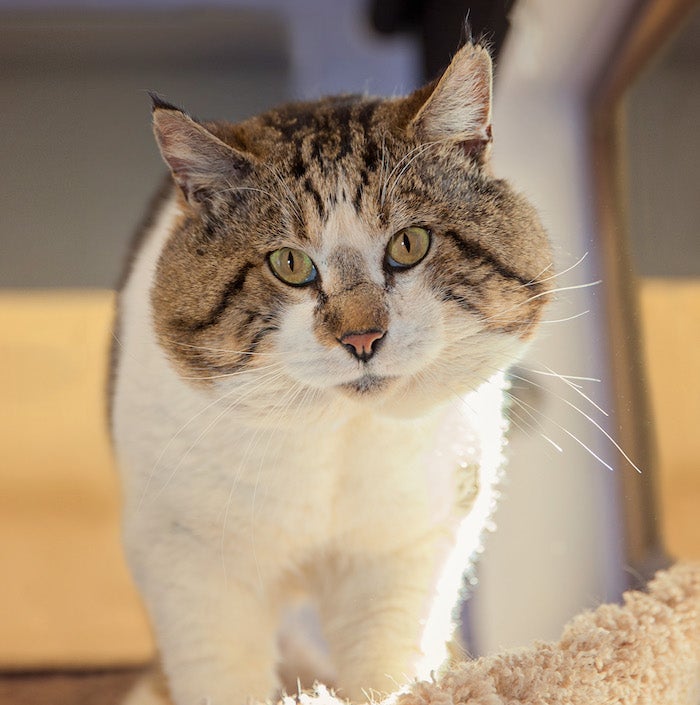 It’s a great step forward to adopt out positive cats, but shelters should also be looking closely at the limitations they’ve set up. Insisting they be the only cat or requiring them to live separately from other cats are limitations that are unsupported by the science around FIV. Adopters do not need to separate positive and negative cats. For instance, we know that FIV transmission is limited in scope, as it is typically the result of intact males fighting and is spread by deep bite wounds and blood contact. Even for group-housed cats, unless overt fighting occurs (uncommon in altered cats), transmission is unlikely.
It’s a great step forward to adopt out positive cats, but shelters should also be looking closely at the limitations they’ve set up. Insisting they be the only cat or requiring them to live separately from other cats are limitations that are unsupported by the science around FIV. Adopters do not need to separate positive and negative cats. For instance, we know that FIV transmission is limited in scope, as it is typically the result of intact males fighting and is spread by deep bite wounds and blood contact. Even for group-housed cats, unless overt fighting occurs (uncommon in altered cats), transmission is unlikely.
Today, FIV is rarely considered a disease of importance in animal welfare; it is difficult to spread between cats and the majority of positive cats live out completely normal lives. Best Friends has housed FIV-positive cats with negative cats at the sanctuary for years. As a veterinarian, I've done that in my own household and am totally comfortable with doing so.
In the case of FeLV, it is not as transmissible as we once thought it was, and there is a vaccination available. Though no vaccine is 100% effective the efficacy of some commercially available FeLV vaccines is quite high (up to 99% in some studies). Not all cats are equally at risk for infection, with kittens much more susceptible. Like many similar topics in shelter adoptions, perhaps the approach the shelter might take is one of education and transparency, and then allow the adopter, in conjunction with their veterinarian, to decide how they would like to manage their household. This is the approach Best Friends now takes.
Celebrating progress, encouraging even more
The study’s authors seem to share the opinion that there is still room for improvement among shelters that are rolling back their strict policies and procedures related to FIV/FeLV. They make a point of citing the following recommendation from the most recent AAFP guidelines:
[C]ats positive for FeLV or FIV [should] be offered the same lifesaving options as uninfected cats, including being made available for interactions with the public in shelter adoption rooms, adoption events, and at satellite adoption centers such as pet stores as long as they are individually housed and accompanied by appropriate documentation and education.
Our industry must cease the routine practice of testing all healthy cats and seek lifesaving outcomes for those cats that do test positive. At the Best Friends sanctuary and our lifesaving centers, we follow these practices. Granted, as a national organization which set the goal of achieving national no-kill by 2025, we want to be a model of proven practices to get there. Hopefully, more shelters around the country will follow our example and move the industry a big step closer to saving every animal possible.
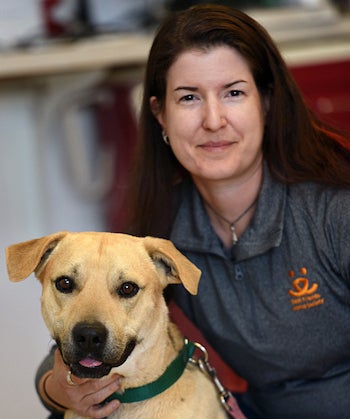
Erin Katribe, DVM
Medical Director
Best Friends Animal Society
If you enjoyed this editorial, you can find our complete catalog of editorials here.